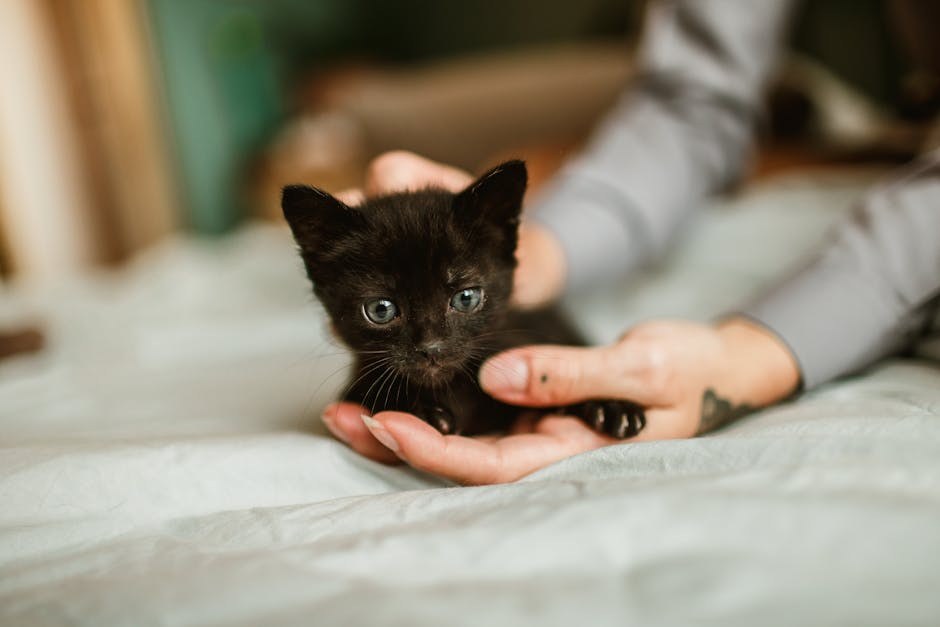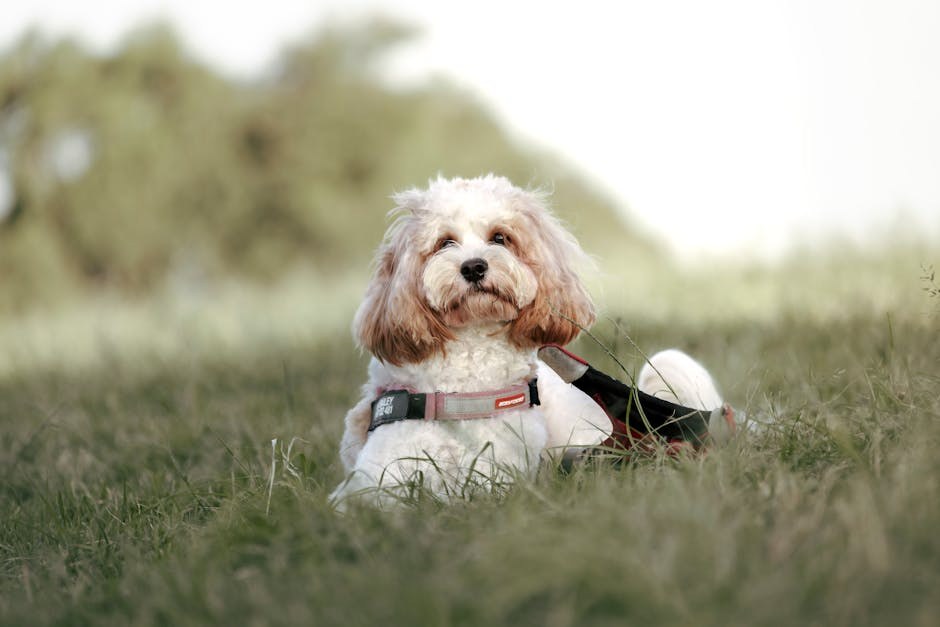You went out once, the vibe was promising, and now you’re staring at your phone trying to figure out how to bring up a second date without sounding overeager. The good news – once you’ve already met, requesting a follow-up is usually simpler than securing the first meet-up. You’ve sampled each other’s energy, picked up on conversational rhythms, and gathered a few clues about chemistry. With that information, you can approach a second date with less fear and more intention. This guide reframes the moment after a first meeting – how to decide whether it’s worth pursuing, the signs that suggest you should keep going, and the clearest ways to ask for a second date so you don’t fumble the invitation.
Should You Ask For Another Meet-Up?
Before you text anything, give yourself space to evaluate how you actually felt during and after the first meeting. Curiosity and attraction are helpful, but you don’t owe anyone a second date out of politeness. If your gut reaction is lukewarm – or you walked away feeling tense rather than energized – you’re allowed to pause. There’s wisdom in not forecasting the future while you’re still in the middle of the evening. Focus on being present; if there’s potential, it will be easier to notice when you’re not preoccupied with what comes next.
Take the pressure off the moment of goodbye, too. You don’t need to deliver a grand verdict at the curb. A simple “I’ll text you later” keeps the door open while giving you time to reflect. What you want is clarity. If you genuinely enjoyed yourself and you can picture spending more time with this person, a second date is a natural next step. If not, there’s no requirement to manufacture enthusiasm. Asking for a second date and then reversing course is far more awkward than sending a kind message that you don’t feel the match.

Signals That Encourage You To Go For It
Sometimes the case for continuing is obvious; other times it’s a collection of subtle cues that add up. The following signs don’t guarantee anything, but they are solid indicators that a second date is worth exploring.
-
A meaningful kiss happened. People have different attitudes about kissing early on, so a brief peck doesn’t necessarily imply direction. But if you shared a lingering, genuinely romantic kiss – the kind that feels intentional rather than perfunctory – it points to mutual curiosity. That’s fertile ground for a second date.
-
Conversation found its own rhythm. If you weren’t yanking topics out of the ether and pauses felt comfortable rather than heavy, you’ve got an important building block. Easy dialogue often signals compatible pacing and similar curiosity. That bodes well for a second date where banter can deepen.

-
You actually had fun. It sounds basic, but laughter is a powerful barometer. Maybe you swapped ridiculous stories or teased each other in a playful way – the specific flavor doesn’t matter as much as the emotional tone. If you caught yourself smiling a lot, a second date could expand that lightness into connection.
-
Interests genuinely overlapped. You don’t need to be twins, but shared territory helps. Perhaps you both love trying neighborhood coffee spots or you’re equally obsessed with weekend hikes. If common ground emerged naturally, use a second date to explore it rather than treating it as an interview checklist.
-
Time slipped by. You planned to grab one drink and somehow it turned into a stroll, dessert, and a glance at your phone that made you say, “Wait, how is it this late?” When hours compress like that, it’s usually because the company is engaging. That makes a second date a practical next step, not a gamble.

-
Post-date communication felt warm. A quick message after you part – “Had a great time!” – followed by engaged replies the next day suggests momentum. Enthusiastic, timely responses signal interest. If the exchange felt alive instead of obligatory, that energy can carry into a second date.
-
You left curious rather than confused. The strongest reason to schedule a second date is wanting to know more – not to resolve anxiety, but to deepen a promising spark. If you walked away wondering how they take their coffee, or what book they mentioned, that curiosity is the perfect bridge to another meeting.
Principles For Asking Without Overdoing It
Getting a second date usually isn’t about dazzling theatrics; it’s about clarity, timing, and a tone that respects both people. Approach it like you’re starting a conversation rather than pitching a sale. The following principles keep things grounded and confident.
-
Lead with calm confidence. The first meeting set the stage; now, be steady. Confidence doesn’t mean bravado – it’s the relaxed certainty that you enjoyed yourself. Avoid apologizing for wanting a second date or hedging with three qualifiers. A simple, centered request reads as attractive and respectful.
-
Keep the energy positive. Early dynamics are sensitive to tone. If your first time together skewed toward heavy topics, pivot toward lightness now. You can acknowledge life’s frustrations without letting them dominate. A bright tone – not forced cheer, just warmth – makes a second date feel like something to look forward to.
-
Be realistic, not performative. Don’t inflate the details of your life to secure a “yes.” Authenticity is more compelling than an embellished highlight reel. If you’re between projects, say so. If you share a space with roommates, that’s life – it doesn’t disqualify you. Honesty sets the right precedent for a second date.
-
Show willingness to meet halfway. Practical flexibility reads as care. If distance is an issue, suggest a midpoint. If bars aren’t their scene, offer a coffee shop, a bookstore, or a park walk. Making comfort a priority signals that you’re attentive, which only helps your chances of a second date.
-
Listen like it matters. During the first meeting, you probably picked up small preferences – a dislike for roller coasters, a preference for early evenings, a love for spicy food. Use those details. Suggesting something aligned with what you heard proves you were present, and it makes a second date feel tailored rather than generic.
-
Float ideas to test the waters. Without locking anything in, you can plant a seed: “There’s a new taco spot I’ve been curious about,” or “There’s an arcade nearby that looks fun.” Notice their reaction. If their face lights up or they reply with a specific day they’re free, that’s an open door to a second date.
-
Use clear language. Ambiguity like “We should hang sometime” is easy to misread. Replace vague hints with direct intent: “I had a great time and I’d like to see you again.” Clarity reduces anxiety for both people and prevents crossed wires around a second date.
-
Set plans instead of hovering in maybe-land. Momentum matters. If schedules are busy, say you’ll check your calendar that evening and follow through. Suggest a day, a general time, and an activity. When logistics get real within a sensible window – say, within the next day – a second date shifts from idea to reality.
Timing Your Message
People often overthink the clock. If the evening ended on a good note, a short message later that night or the next morning keeps the connection warm. You’re not trying to engineer suspense – you’re simply confirming interest. A prompt but unhurried approach communicates that you respect your own time and theirs. If you need more time to check commitments, say so and circle back when you said you would. Consistency is attractive, and it supports a second date without theatrics.
Practical Scripts You Can Adapt
Scripts aren’t magic spells, but having a starting point can make the ask feel less daunting. Adjust for your voice – keep it natural, concise, and kind.
In person at the end of the night: “I had a great time tonight – would you be up for getting coffee next week?” Short and specific wins here. If they say yes, suggest a day and place; if they hesitate, you can respond with grace and move on without forcing a second date.
Same-night text: “Home safe. Really enjoyed our conversation about travel – I’d love to continue it. Want to check out that cafe you mentioned?” This echoes something you discussed, which subtly strengthens the case for a second date.
Next-day message: “Yesterday was fun. If you’re free midweek, I’d like to take you to that bookstore with the cozy reading room.” You’re offering an activity tied to their interests, which naturally aligns with a second date.
If schedules are tricky: “This week is packed on my end, but I’m free Saturday afternoon. Would a late lunch work for you?” You’re leading with options and an invitation to a second date, not leaving things indefinite.
Choosing A Plan That Fits
Select a plan that reduces friction. Early in dating, it helps to choose something low-stakes with built-in conversation starters: coffee and a walk, a casual bite at a place where you can actually hear each other, a small gallery or market stroll. The point isn’t to construct a cinematic event – it’s to create a setting where two people can relax and notice how it feels to be together. If you both lit up talking about spicy food, a taco crawl makes sense. If you bonded over old arcade games, a quick round of pinball is playful without pressure. Matching the plan to the person increases the odds that a second date feels natural.
How To Avoid Looking Too Eager
Eagerness is normal – it becomes a problem when it turns into urgency. Here’s how to keep your enthusiasm balanced so a second date invitation lands well:
Don’t stack messages. One clear note is better than three follow-ups. Give the other person time to reply. Patience reads as self-possessed and raises the odds of a second date emerging organically.
Offer choices, not ultimatums. “Would Tuesday or Thursday work?” feels spacious. “I need an answer right now” doesn’t. Choice fosters collaboration on a second date rather than pressure.
Keep your calendar flexible. Suggest a plan, then show you can adjust. Flexibility signals respect for their life and makes a second date easier to schedule.
Match their pace. If they reply the next morning, that’s fine. Mirroring a reasonable tempo helps both of you feel comfortable heading toward a second date.
Reading A Hesitant Response
Not every answer will be a confident yes or a hard no. If they say they’re busy this week but offer no alternative, you can gently test interest: “No worries – when’s good for you?” If they still don’t suggest a time, accept that they may not be interested in a second date and step back gracefully. Clarity beats lingering ambiguity. Thank them for the time you did share and move on. Your goal is not to win a debate – it’s to find mutual enthusiasm.
When You’re Unsure But Curious
Sometimes the first meeting felt fine – not electric, not dull – and you’re unsure what to do. In that case, a second date can be a useful data point. Chemistry can be shy; comfort often grows with familiarity. Frame your ask as an experiment rather than a promise: “I liked getting to know you – want to try that cafe near the park next week?” If the second date also feels flat, you’ll have more confidence in your decision to bow out. If it opens up, you’ll be glad you gave it a chance.
Making The Ask In Different Contexts
In person: The benefit here is immediacy – you can read body language and set plans on the spot. Keep it simple and specific. If they agree, confirm details right there. Securing a day and a general time anchors the second date before schedules scatter.
Over text: Text gives both people a moment to think. The trade-off is that tone can get lost. Counter that by being warm and straightforward. Avoid cryptic hints; write the invitation plainly and mention one concrete idea that connects to your first conversation. Clarity invites an equally clear response about a second date.
On a call: A brief call can be charming if talking flows well. Open with something you enjoyed – a story they told, a shared laugh – and pivot into the invitation. End the call with a plan or a next step so the second date doesn’t linger as a vague concept.
What To Say When It’s A Yes
Once they accept, your job shifts to coordination. Lock a day, pick a general time, and agree on a location. You can keep the rest loose – spontaneity makes space for small surprises – but put enough structure in place that neither person has to chase details. A concise follow-up the day before – “Looking forward to tomorrow” – is thoughtful without tipping into overkill. This is the smooth middle ground where a second date quietly becomes reality.
What To Do If It’s A No
Rejection stings, but it’s also a form of kindness – it frees you to invest elsewhere. Respond with grace: “Thanks for letting me know. I enjoyed meeting you and wish you well.” That’s it. No persuasion campaign, no bargaining for a different outcome. Your composure will serve you long after this one conversation, and it keeps the memory of the first meeting respectful rather than strained. Then, refocus your energy on people who reciprocate – that’s how you eventually arrive at a yes that becomes more than a second date.
Bringing It All Together
Deciding to pursue a second date is ultimately about alignment – not just attraction, but timing, tone, and mutual curiosity. If the signs line up and you feel good about the possibility, ask with clarity, offer a plan that reflects what you learned, and keep the energy light. Be patient with replies, match the pace, and avoid turning enthusiasm into pressure. If you aren’t sure, it’s fine to try one more meeting to see whether things open up. And if the answer is no, accept it cleanly and continue forward. Dating is a series of small choices; when you make them with honesty and steadiness, you give a second date its best chance to become something more.